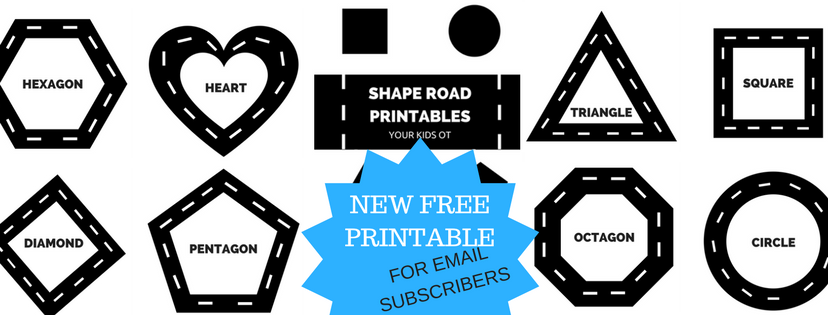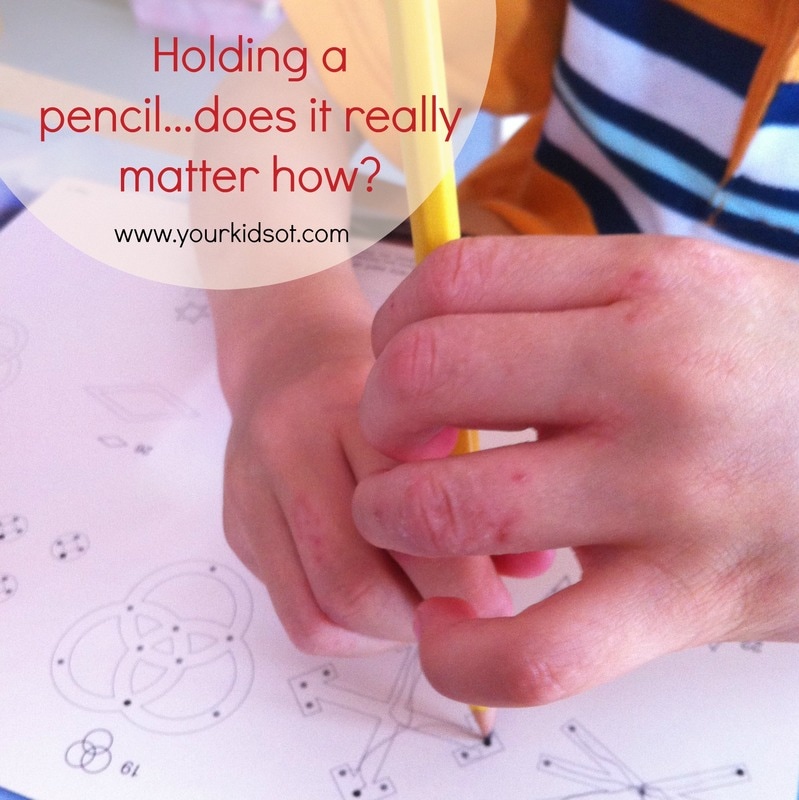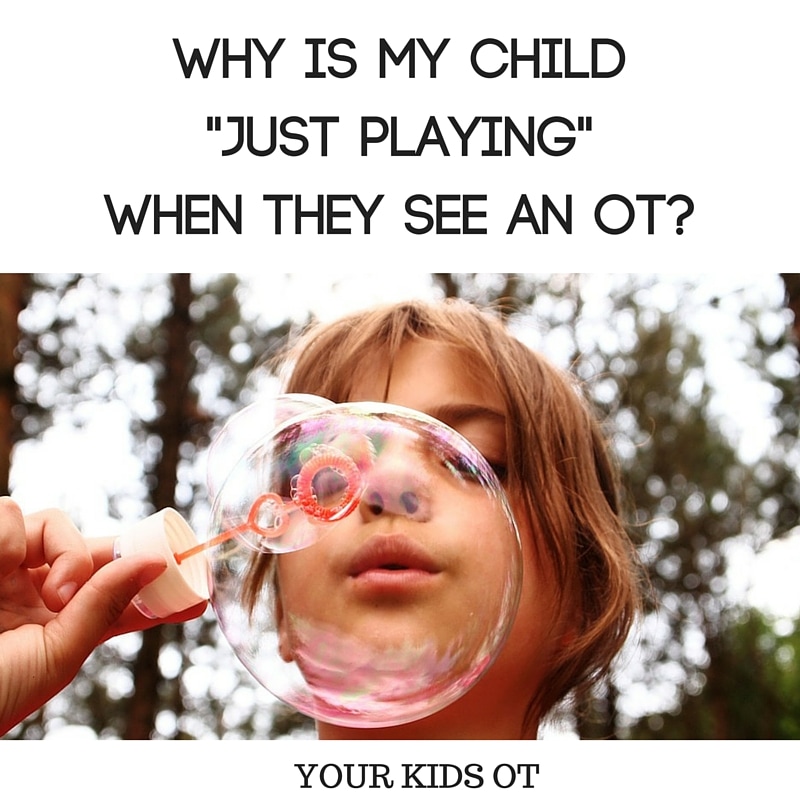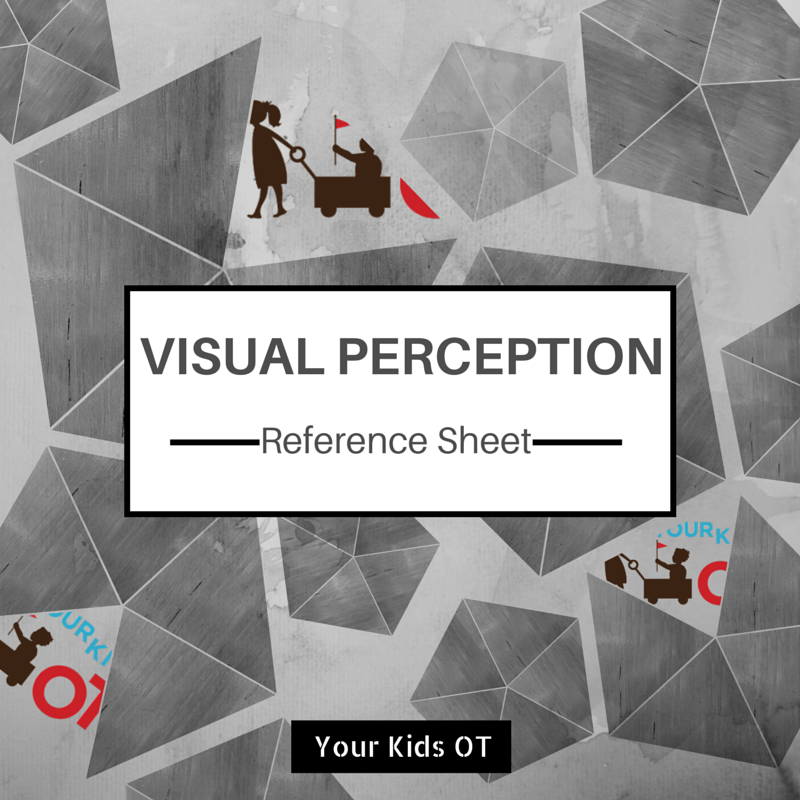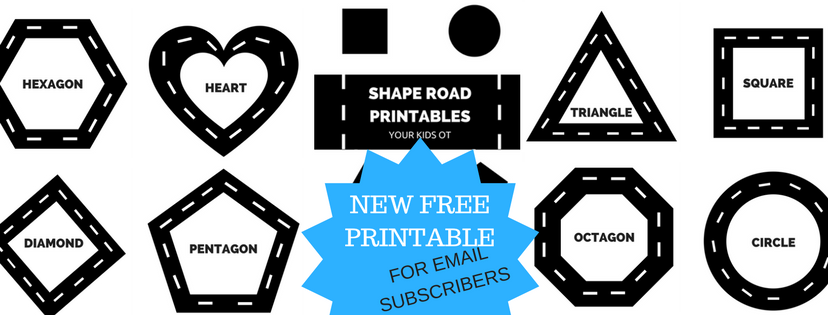|
Social skills may be described as "abilities necessary to get along with others and to create and maintain satisfying relationships" (Kennedy-Moore, 2011). These abilities may include verbal and non-verbal forms of communication such as using appropriate greetings, language, gestures, body posture, manners and other social conventions.
Expectations of "appropriate" social skills may be influenced by local culture, location, presence of particular people, an event and even gender. As adults, we may be familiar with visiting a foreign country and not understanding the social conventions expected in certain situations. We may become frustrated with other adults who do not to follow social conventions which we deem as "expected" or "normal". We expect children to develop social skills by watching adults model language and behavior, however this may be difficult for some children to learn. Social skills involve the ability of a child to "see" (pick up social cues), "think" (interpret the behavior of others) and "do" (interact in a positive way) (Kennedy-Moore, 2011). This level of insight usually develops as a child becomes more mature, however for some children it can be extremely difficult. Some children will need explicit instruction about how to participate in social situations with both their peers and adults. Teaching social skills to children is a gradual process that begins as early as a baby can say "ta" in exchange for something which is given to them. Further social skills are developed through modelling, providing opportunities for social interaction and teaching children words and behavior. The National Association of School Psychologists (2002) suggest that learning social skills is made through incidental learning and normal activities, addressing environmental factors and individual factors which may affect your child (NASP Center, 2002) In this article, I look at community activities to encourage your child's development of social skills. Depending on your child's individual factors, you may teach these skills by modelling, role-play, use of social stories and/or direct instruction.
These are some common community activities that you and your child might participate in. There are many more which in which I have not covered - Can you think of some of the frequent social community events you participate in (eg. playing in a sport's team, walking around the block, attending church, etc..) . I have not included social skills in the playground (read this HERE) and read about social skills at school next month with the Functional Skills for Kids Blog Series!
One place where children and adults can build social skills is with conversation at the dinner table ... whether that be at home or at a restaurant. Sometimes both children and adults struggle with "dinner conversation". There are some great printables at "Conversation Starters" and "Childhood 101" to help start your conversations. I have also developed a FREE PRINTABLE called "Would you choose...". This is a pack of 29 "simple choices" to help start conversations. They include would you choose snow or surf, cereal or toast, apple or pear... a quick response may lead to further discussion as you delve into "why" they chose this option. It also provides an opportunity for adults to share about their experiences and preferences. Download your copy HERE today!
This article is part of “Functional Skills for Kids: 12 month series by Paediatric Occupational and Physical Therapists”. You can find lots of great tips and tricks to help your children with their participation in the community in the links below. Make sure you bookmark this page so you can come back to read all the links!
Developmental Progression of Community Skills | Your Therapy Source
How to Support Your Child’s Core Strength Development Every Day | Miss Jaime, O.T. Attention and Behavior Concerns and Independence in the Community | Sugar Aunts Modifications for Kids with Special Needs in the Community | Growing Hands-On Kids Calming Games and Activities for Outings | The Inspired Treehouse Working on following Directions When Out | Therapy Fun Zone Using Community Activities to Develop Your Child’s Social Skills |Your Kids OT
References:
Kennedy-Moore, E. (2011) What are Social Skills? Helping Children Be Comfortable and Competent in Social Situations. Psychology Today. Retrieved on 21/07/2016 at www.psychologytoday.com National Association of School Psychologists (2002) Social Skills: Promoting Positive Behavior, Academic Success, and School Safety. Retrieved on 21/7/2016 at www.naspcenter.org
You may also like:
I recently "attended" a webinar by the world renown, Professor Winne Dunn on "Sensory Processing and the Impact on Everyday Life". Professor Winnie Dunn is Professor and Chair of the Department of Occupational Therapy Education at the University of Kansas. She is known for her studies about sensory processing in everyday life and has published more than 100 research articles, book chapters and books. Dr Dunn is also well known for being the author/creator of the Sensory Profile (assessment) for adults and children.
During the recent webinar, we looked at case studies of three children - a toddler who had difficulty at bath time and meal times, a 5 year old who would vomit in the car regularly and 3rd grader who was socially isolated. Whilst every child is unique, the webinar prompted me to consider what are the sensory triggers for children when travelling in a car and what solutions can we offer families? Travelling in a car can be an overwhelming sensory experience! The trip may be five minutes or five hours, yet a child may suffer sensory overload and may react by becoming car sick, scream, kick, try to get out of the vehicle, head bang, cover their eyes or ears, push or hit other people in the vehicle, change body positions, etc. Motion sickness is generally "thought to take place when there is a mismatch between the information that the brain receives from the inner ear balance mechanism (vestibular system) and what the eyes ‘see’" (Better Health Victoria). You may not have considered motion sickness as a "sensory issue" however, it is clearly a response due to difficulty processing information from two sensory systems. Have you considered the sensory information your child is processing whilst travelling in a vehicle? VISUAL: What can your child see during a car trip?
AUDITORY: What can your child hear during a car trip?
PROPRIOCEPTION: What can your child feel (touch pressure) during a car trip?
VESTIBULAR: How is your child moving during a car trip?
ORAL: What does your child do with their mouth during a car trip?
SMELLL: What does your child smell during a car trip?
A child may have different reactions in different vehicles as they may be triggered by sensory stimuli in one vehicle which they do not experience in another vehicle. Different children may respond to the same sensory information in different ways. This means that siblings travelling in the same car may have completely different reactions to the environment that they are in .... which makes parenting even harder!
These sensory considerations for travelling in a car may also be applicable to other vehicles such as buses, trains and boats. There will be a follow up article in the coming weeks with some sensory solutions for the car! Stay connected so you don't miss it! Find Your Kids OT on Facebook, Pinterest, Instagram and/or subscribe to receive blog posts via email! Are you doing a road trip these holidays? Have you considered the sensory triggers when travelling in a car?
You may also like:
|
AuthorHi, I'm Cindy and I am an Occupational Therapist. I enjoy working creatively with children to see them reach their potential. Read more about me here. SEARCH THIS SITE
Archives
June 2024
Categories
All
Popular Posts |
Join the YKOT e-newsletter!
Subscribe to get our latest content by email and receive
the SHAPE ROADS PRINTABLE NOW!

Success! Now check your email to confirm your subscription and receive your free printable!
Join our Mailing List!
Subscribe to get our latest content by email and receive
the SHAPE ROADS PRINTABLE NOW as a thankyou!

Success! Now check your email to confirm your subscription and receive your free printable!
Disclaimer: The information on this site is general in nature and should be used for educational and entertainment purposes. The activities are safe for most children, however, you should consult an Occupational Therapist or health professional to address specific movement, sensory or other medical conditions. This blog does not replace formal therapeutic professional advice given by a health professional or medical practitioner. Reviews and endorsements of products will only be made based on my expertise and personal opinion; and deemed worthy of such endorsement. The opinions shared in sponsored content will always be my own and not that of the advertising company or brand. Content, advertising space or posts will be clearly identified if paid, affiliated or sponsored. Affiliate links may be found throughout this website in advertising. This means that if you follow through with a purchase from these links, Your Kids OT will receive a percentage of the sale. Your Kids OT undertakes to meet the requirements of the "Social Media Policy" as published by Australian Health Practitioner Regulation Agency (AHPRA). Further information about this policy can be found here.
Find meFollow me |
About me
AuthorHi, I'm Cindy and I am an Occupational Therapist. I enjoy working creatively with children to see them reach their potential. Read more about me here. |
Copyright © 2017 Your Kid OT

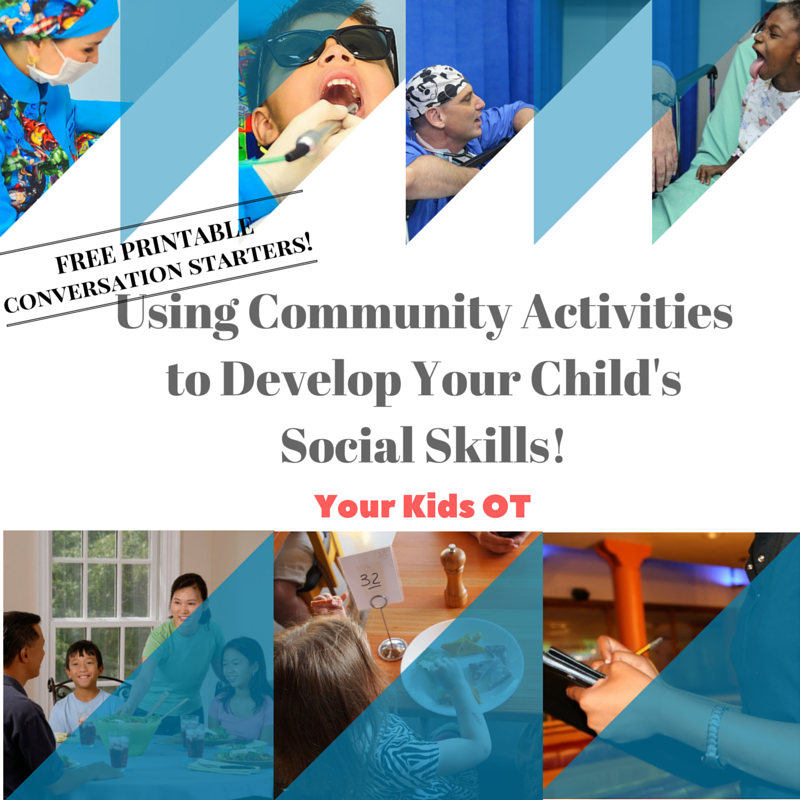
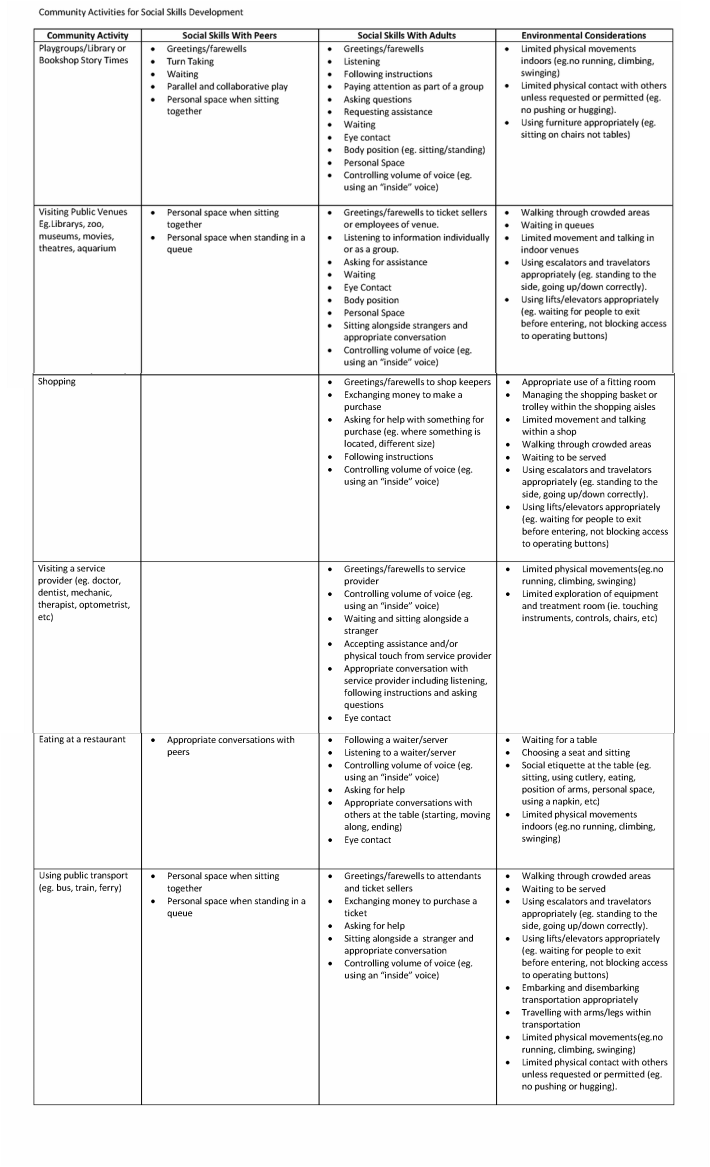
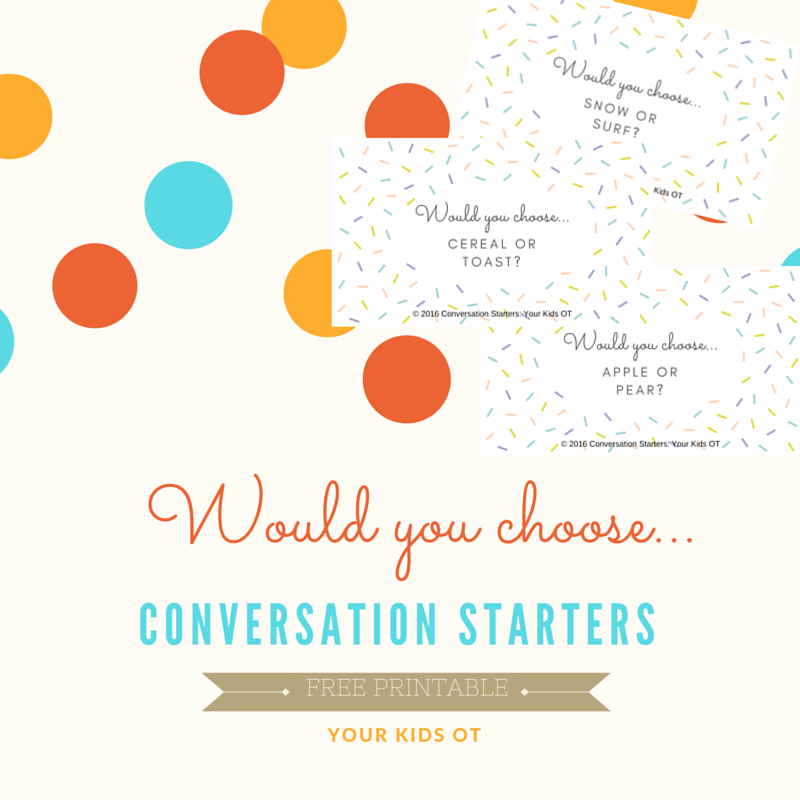
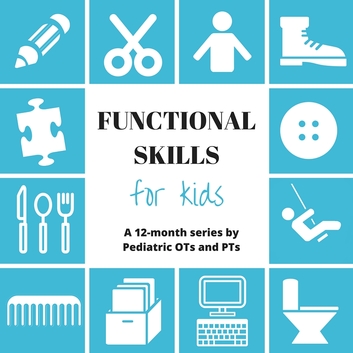
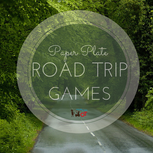
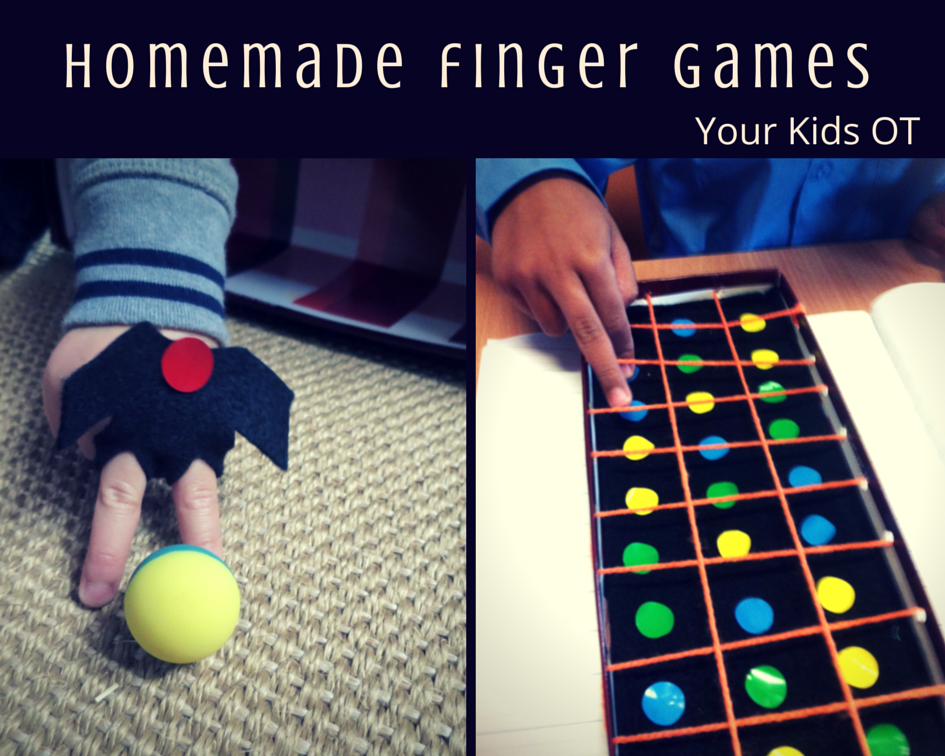
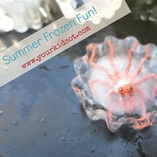
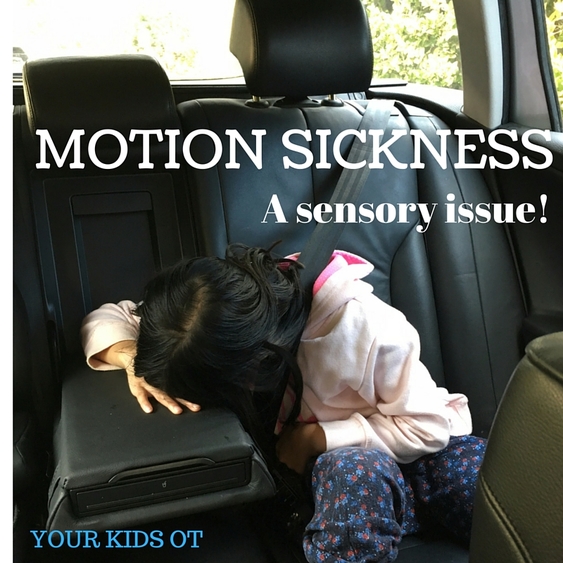
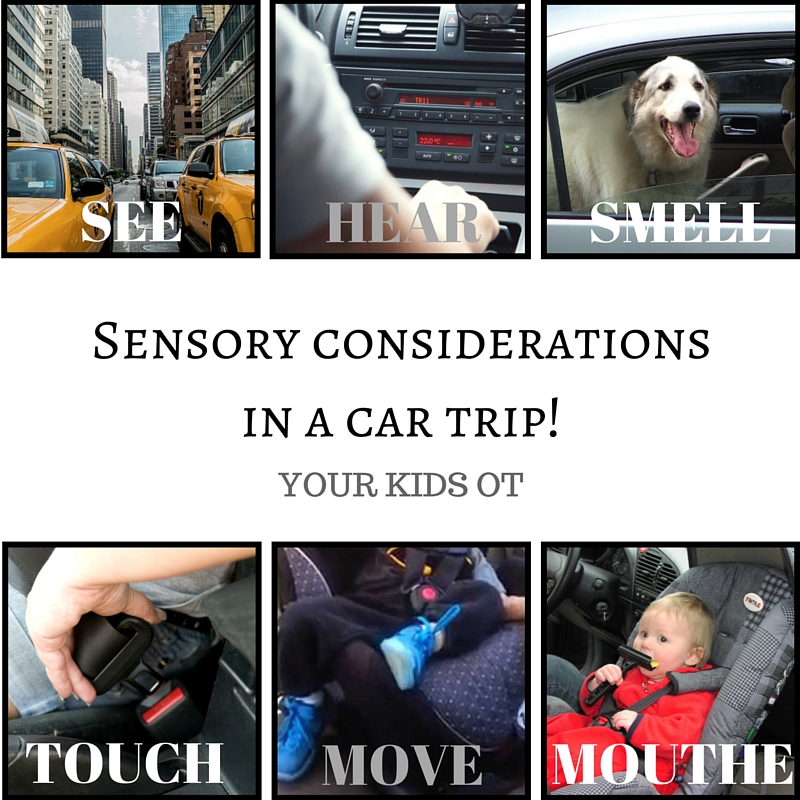

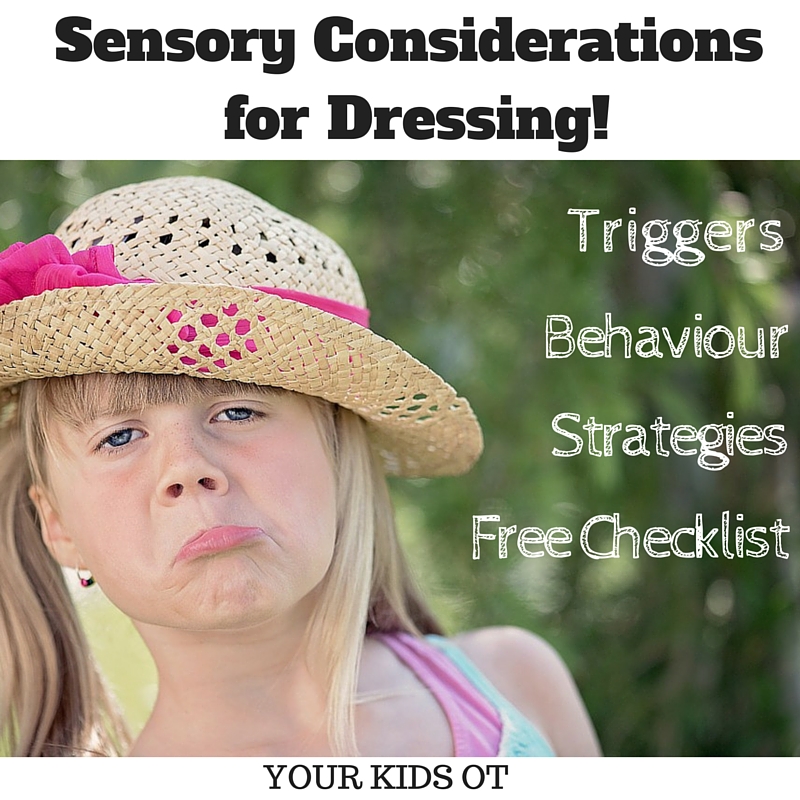

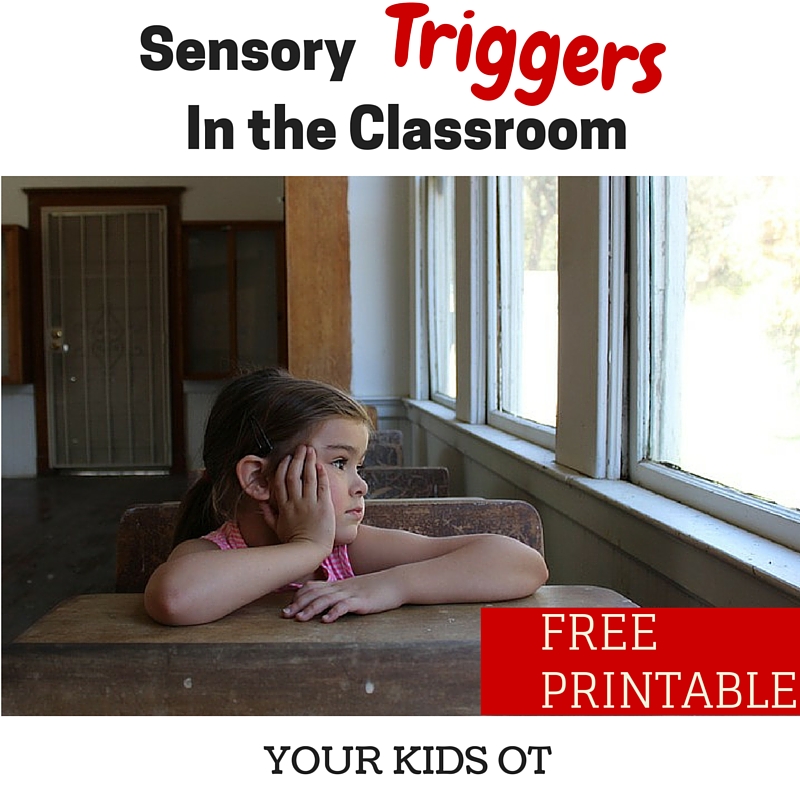
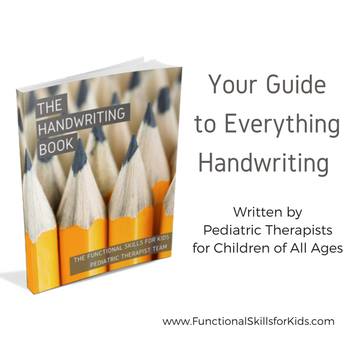
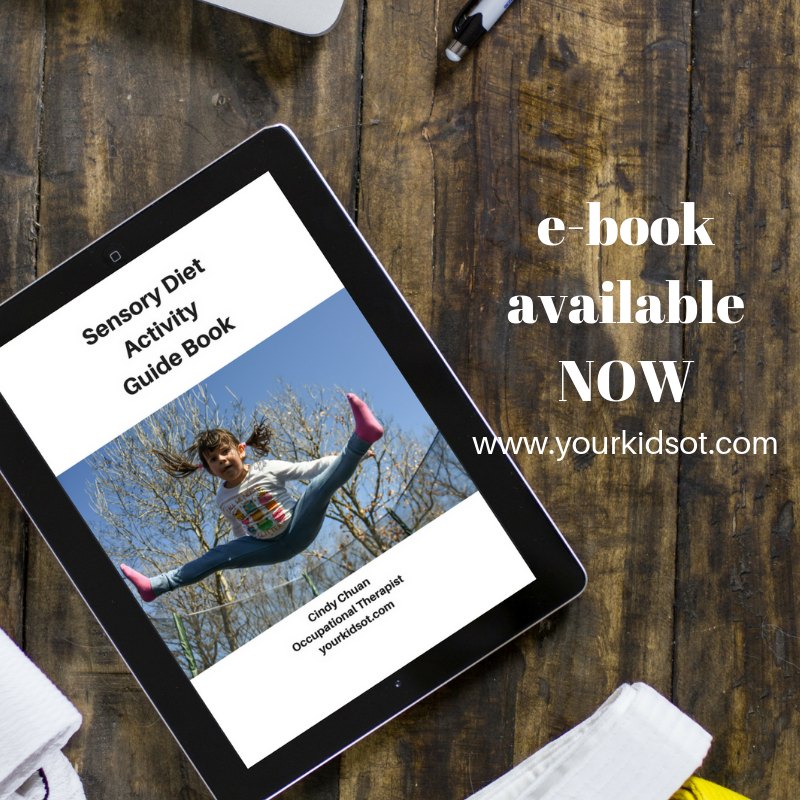
 RSS Feed
RSS Feed
